Virtual power plants are increasingly recognized as a viable solution for addressing climate challenges by fostering decentralized, renewable energy systems. These platforms aggregate individual power sources, such as solar panels and batteries, to form a single, large power plant that can feed electricity back into the grid.
This not only contributes to reducing carbon emissions but also stabilizes energy distribution networks. In Australia, where renewable energy adoption is high, VPPs are seen as an effective tool for managing peak demand and ensuring consistent power supply.
In operation, VPPs employ advanced software to monitor and control the flow of electricity, optimizing energy use based on real-time demand. This allows for efficient allocation of resources, supporting both household consumers and the broader grid. Moreover, by incentivizing homeowners and businesses to invest in renewable energy, VPPs play a crucial role in fostering a community-led approach to sustainability.
The integration of VPPs into existing energy infrastructure also highlights broader societal benefits. By reducing reliance on centralized, fossil-fuel-based power plants, communities can mitigate the impacts of climate change while enhancing energy security. As technology continues to evolve, the potential for VPPs to integrate with other sustainable innovations, such as electric vehicle charging systems, presents significant opportunities for future scalability and efficiency.
Context & Background
Virtual power plants (VPPs) are emerging as a critical component of the renewable energy landscape, offering a decentralized approach to energy management. By aggregating multiple small-scale energy sources like household solar panels and storage systems, VPPs can supply electricity directly into the grid, stabilizing it and reducing reliance on fossil fuels. This model is particularly appealing in regions like Australia, where homeowners are embracing solar energy and governments are implementing policies to promote sustainability. VPPs also provide real-time monitoring and optimization, ensuring energy is distributed efficiently according to demand.
In This Story
Australian Government
The Australian Government plays a pivotal role in promoting renewable energy through policies and incentives for decentralized energy systems like virtual power plants.
Australian Energy Market Operator (AEMO)
AEMO is responsible for managing the Australian energy market, ensuring its reliability and efficiency. It oversees the integration of virtual power plants into the national grid.

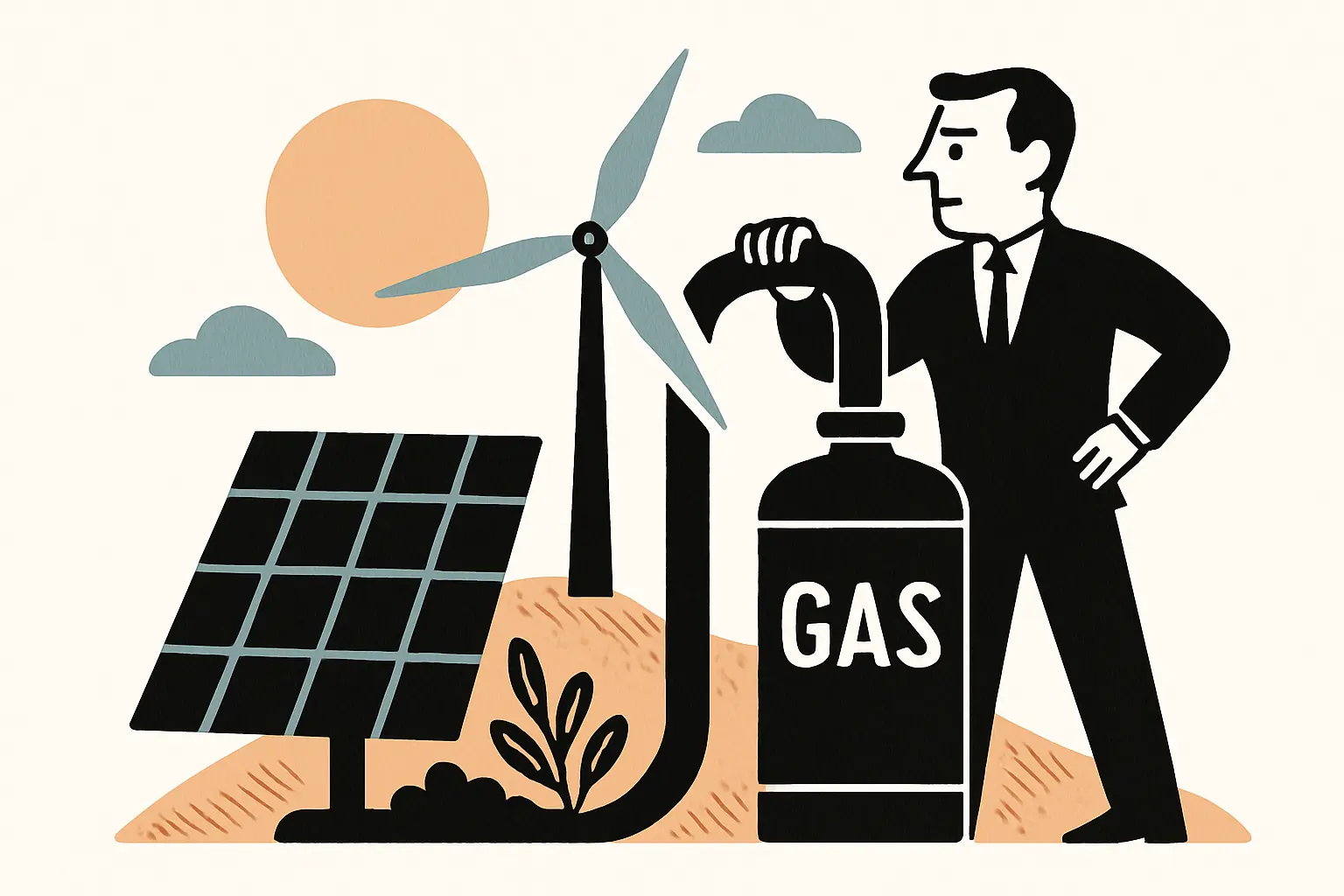
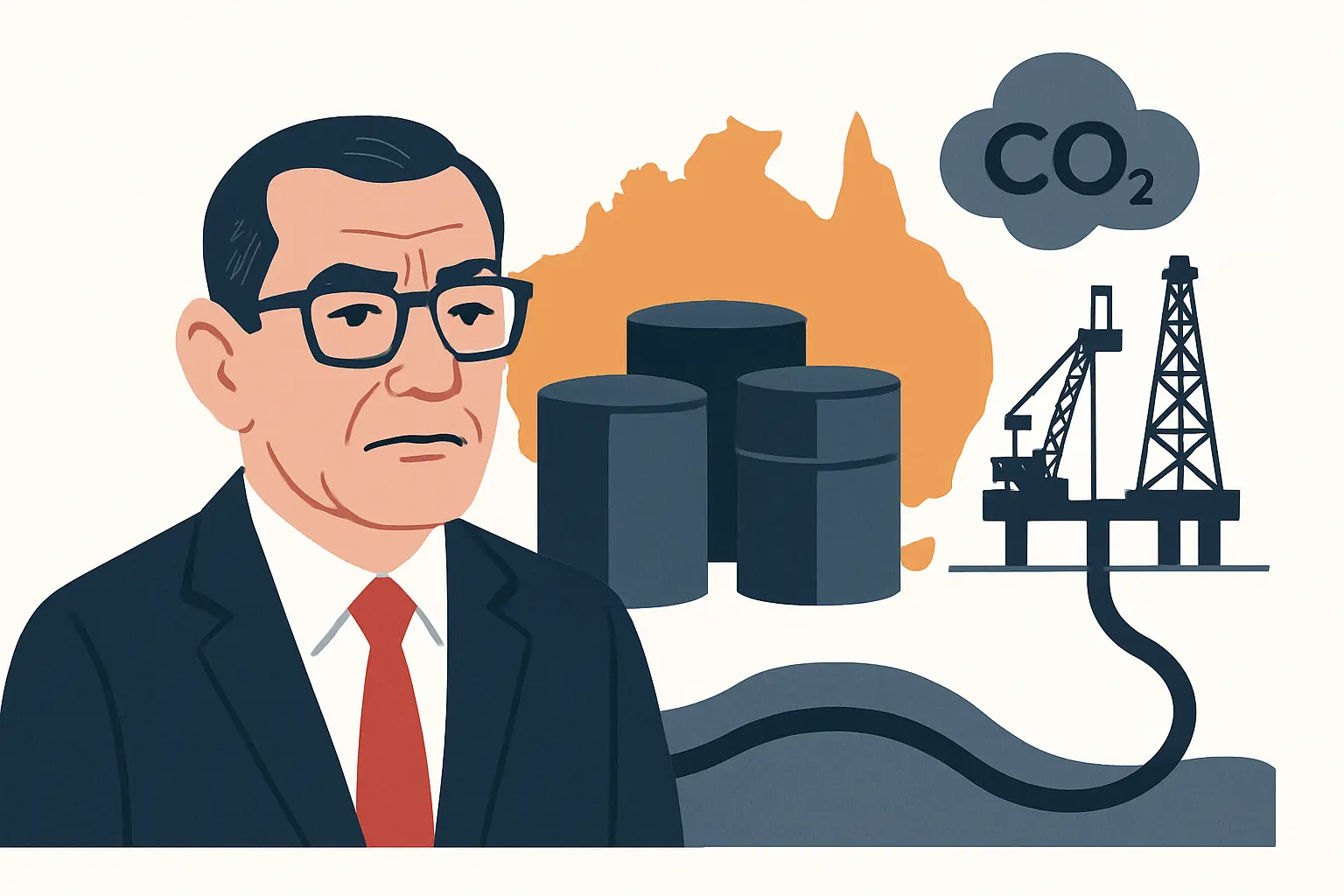
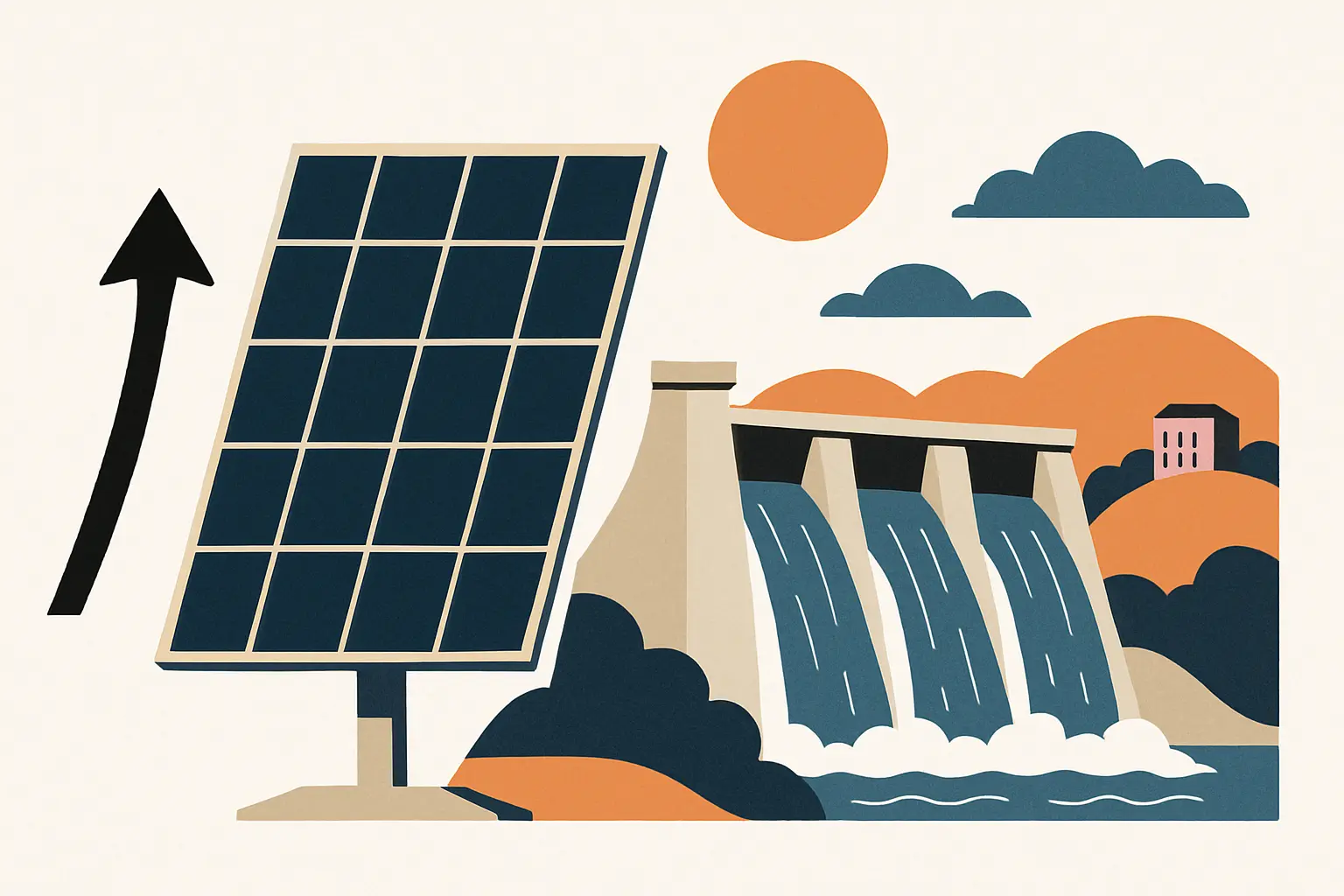
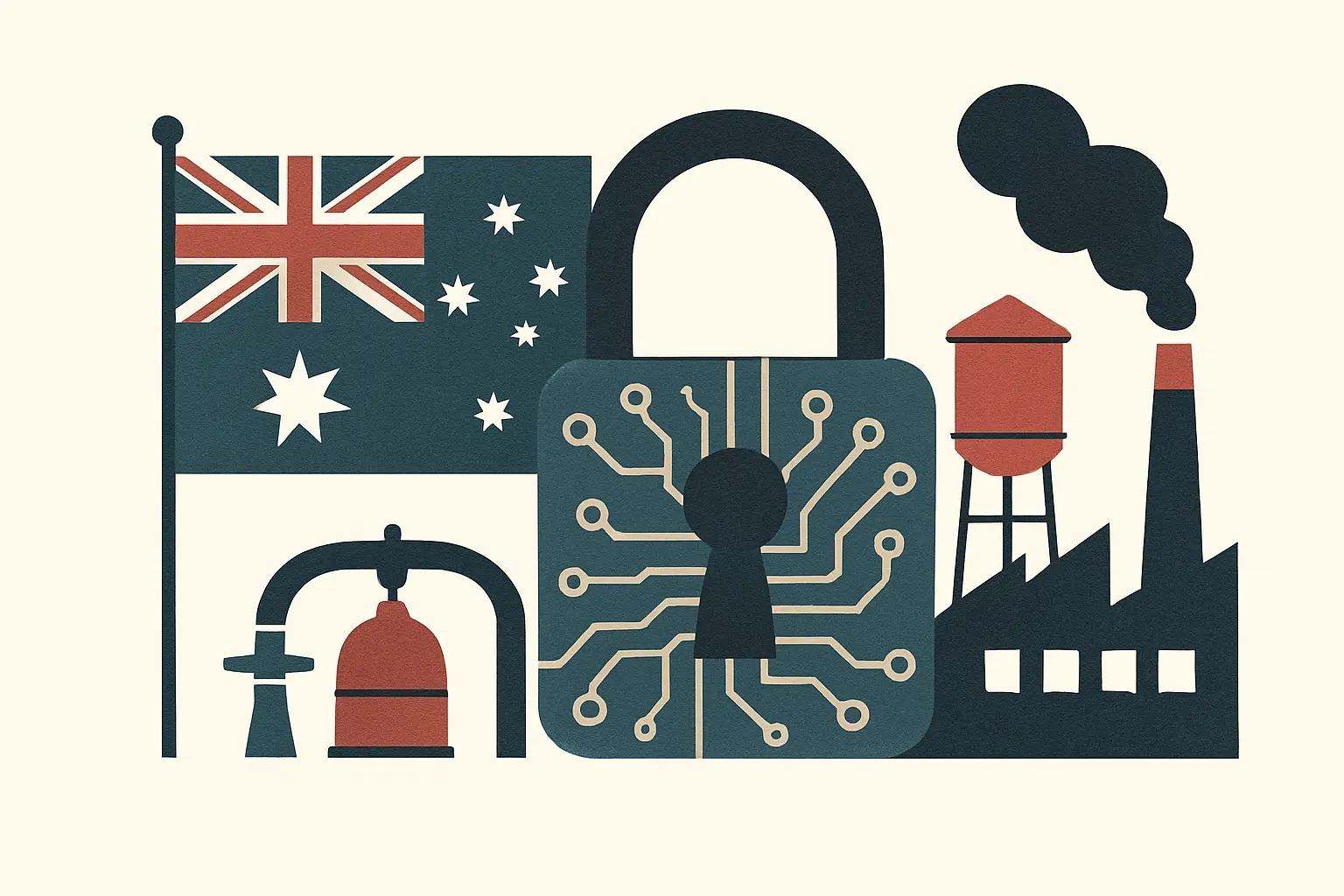











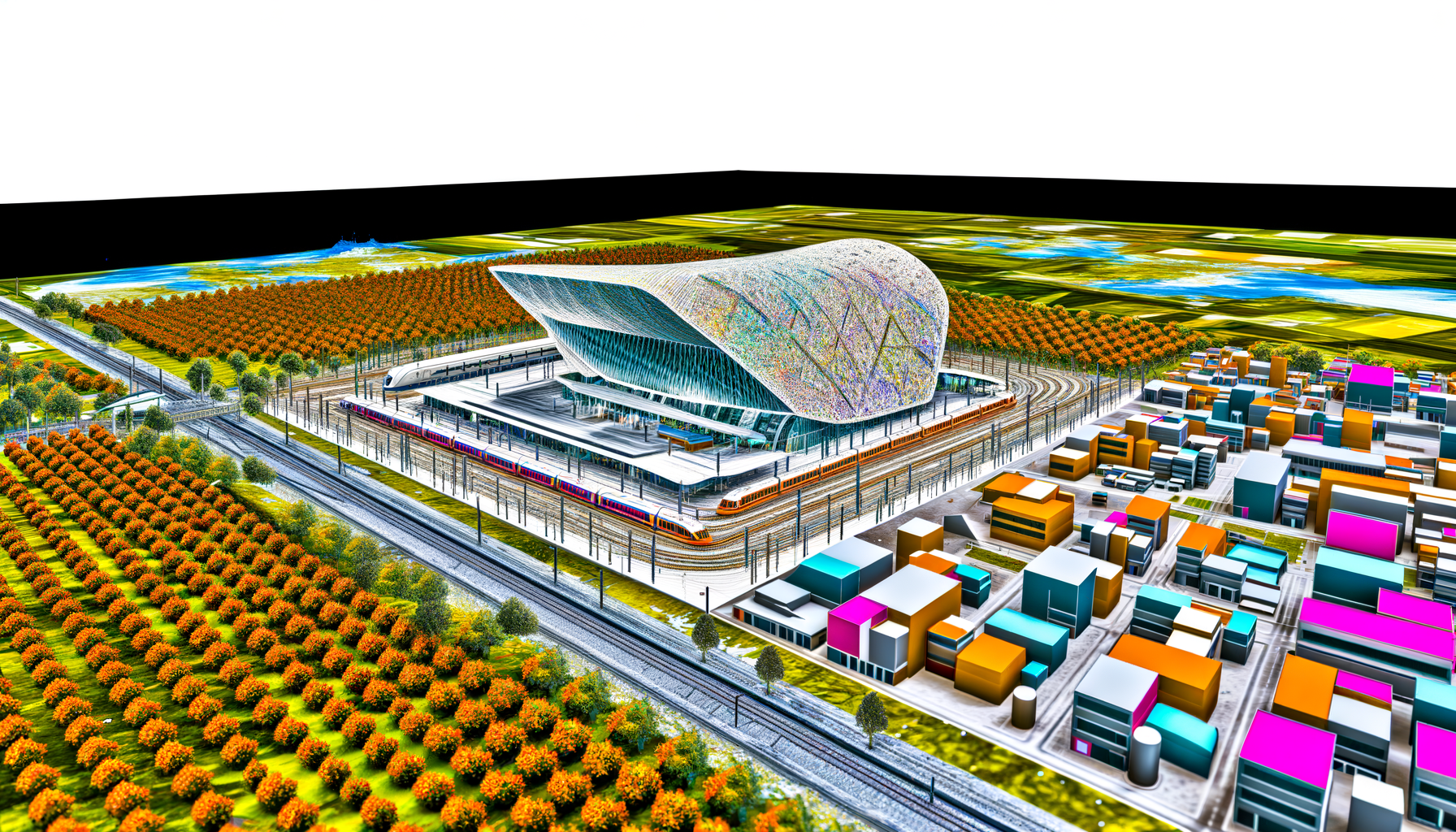
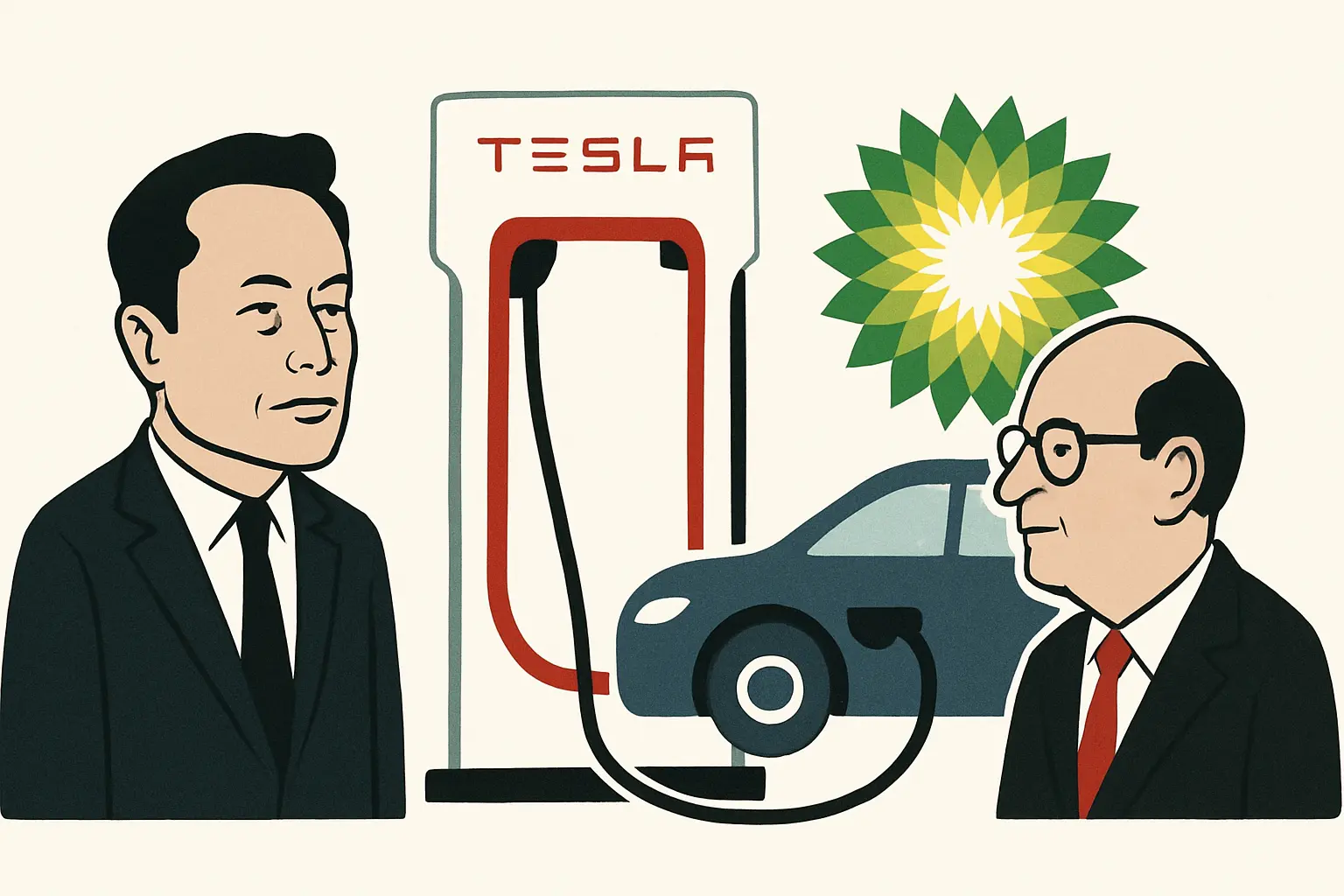
Comments are closed.